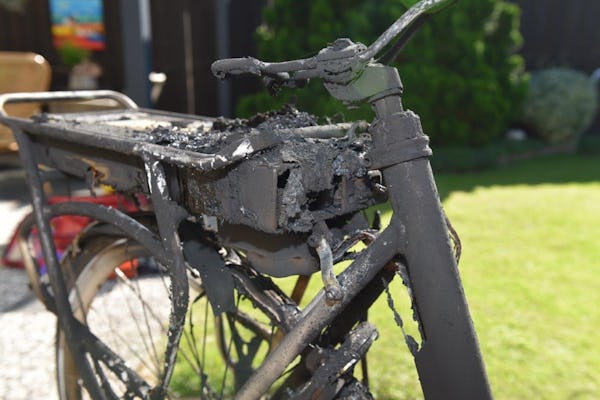AHicks
Well-Known Member
- Region
- USA
- City
- Snow Bird - Summer S.E. Michigan, Winter Gulf Coast North Central Fl.
I wouldn't know about battery construction and the BMS even if they knocked on my front door and offered me a case of toilet paper.
It's like a lot of things, you take it a little piece at a time, and eventually it all starts to click as one. That's assuming you are interested enough to want to know more about them. Trust me, I get that. You can't know everything there is about everything. Most of us have the privilege of doing some picking and choosing, and trusting others to make some calls for us. That's what I was thinking of regarding buying from trusted suppliers. -Al





